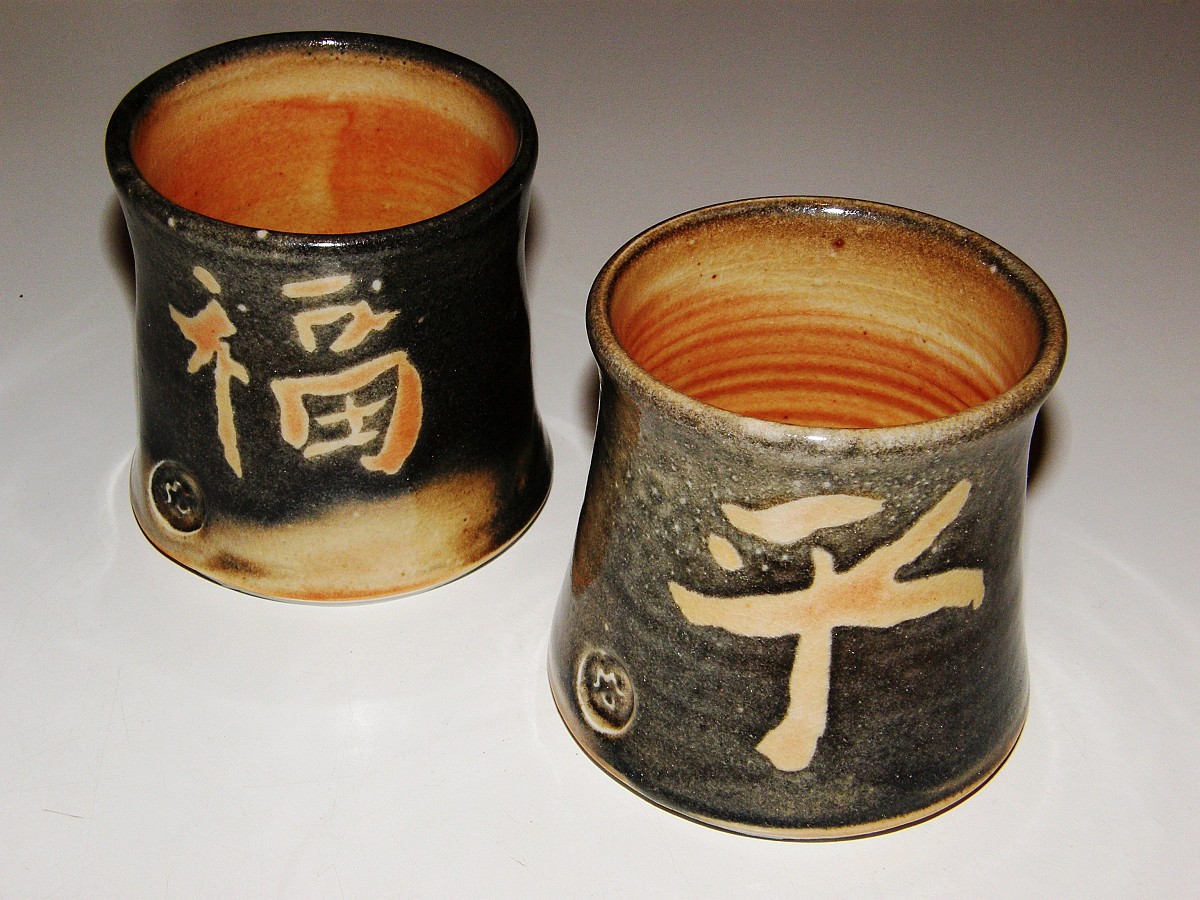An Introduction to Tea Gardens
 Do you love tea? This beverage, originating in Asia, has been consumed for centuries, and thanks to careful plant breeding, the development of scores of harvesting and processing techniques, and regional differences in climate and environment, there are hundreds of varieties of tea available on the market today. And that's just real tea -- that made with the leaves of Camellia sinensis -- if you add in tisanes, made from herbs, the possibilities are virtually endless.
Do you love tea? This beverage, originating in Asia, has been consumed for centuries, and thanks to careful plant breeding, the development of scores of harvesting and processing techniques, and regional differences in climate and environment, there are hundreds of varieties of tea available on the market today. And that's just real tea -- that made with the leaves of Camellia sinensis -- if you add in tisanes, made from herbs, the possibilities are virtually endless.
Lots of tea lovers keep a large supply of tea varietals at home, some of which may include rare or hard to find specialties like pu-erh from China. But did you know that you can actually grow and process your own tea, and maintain a tea and tisane garden for making custom blends of teas that tickle your fancy? Not only will a tea garden save you a ton of money on tea, it can also look gorgeous, and it might be a striking conversation piece -- especially if you situate a lovely tiled patio in the middle of it so you can enjoy tea and snacks on warm days.
While there are lots of ways to lay out a tea garden, one option is to choose a classic quartered theme like that seen in many English gardens. This style, with a central area and four pathways bordering four beds, has a nice formal look to it, but it also provides easy access to all the beds. You could also consider a spiral, which would allow you to walk along one arm of the spiral to harvest and work on plants located on the other arm.
Take your time with layout and planning, because while a tea garden should be functional, it should also be beautiful. As you sketch out layout ideas in the available space you have, you can start to see what shape the garden will take so you can decide what to plant where; this will allow you to start building beds, adding soil, and thinking about the placement of decorative pavers and other elements.
What to plant?
Well, if you want to be classic, you'll need some tea plants. These shrubs grow outdoors in zones seven through nine, reaching a height of around four feet. They like full sun, lots of nutrients, and well-drained but moist soil, so plan around this when determining where to plant them. The University of Hawaii has an excellent guide for picking and processing basic black and green teas which can be used as a starting point for developing your own custom varietals.
That's just the beginning, though. Some common ingredients in flavored teas or tisanes without any tea in them include: lemon, orange, lemon verbena, oregano, chamomile, mint, dandelions, blackberries, hibiscus, ginger, rosemary, fenugreek, echinacea, anise, raspberry leaves, licorice, jasmine, lavender, clover, violet, chrysanthemum, yerba buena, spearmint, coriander, beebalm, rose hips, dock leaves, ginseng, chicory, pine needles, yarrow, willow bark or twigs, sarsaparilla, sassafras, and many more. Check out your own pantry and the herbal teas shelf at the local market for inspiration.
You may note that many of these plants are attractive flowering plants, trees, and shrubs. Some, like blackberries and raspberries, produce fruit in addition to useful leaves. You can use all of this to your advantage as you weave together a garden plan that will include a variety of delicious ingredients you can use to make your own teas and tisanes.
Develop a list of things you'd like to grow and research them in resources like the Sunset Western Garden Book or Dave's Garden to determine whether they will grow where you live and what kinds of conditions they like. Take special note of things that require a lot of space or special growing conditions; for example, if you want to grow willows, they like a lot of water. You might be able to accommodate them with a pond in your tea garden that would create a nice sitting area to relax, drink tea, and enjoy the environment...but if you live in a hot, dry climate, you might want to skip the willow.
Map out your tea garden precisely with everything you want to grow, and start establishing seedlings or planting seeds after the last chance of frost to give your plants a chance to get started. You'll need to water and fertilize regularly in the first two years to allow the garden to get established (and some tea ingredients are annuals, so they'll need to be replaced after producing flowers, leaves, and roots). Nervous about this phase? Talk to an Atlanta landscaping company about planning out a garden and helping you with maintenance as you get starts.
As plants mature, take advantage of the opportunity to dry ingredients so you'll have access to them all year. Drying racks are simple and easy to set up (unused window screens can work in a pinch), and you can store your ingredients in bags, tins, or jars in a cool, dry, dark place so they'll maintain freshness over the cold winter months when you want a breath of fresh air and a reminder of your spring and summer garden.
Katie Marks writes for Networx.com.
Looking for a Pro? Call us (866) 441-6648

Landscaping Average Costs
Landscapers Experiences

“Stealth” Tree Trimming Was An Incredibly Clean Job

Tree Removal So Fast And Efficient It Didn’t Even Wake Our Newborn



